If you want to buy a trampoline, then of course you will first determine your direction.
- What size do you want?
- What kind of brand do you want?
- Who’s going to jump on it?
- Do you want to dig your trampoline?
All the questions that you must keep in mind when purchasing. It is therefore very convenient to buy a trampoline over the internet because you can compare the entire plus and the negative points with each other.
1. A good trampoline features a solid frame
The frame should not be too thin and the weight should not be too light, otherwise, the trampoline will soon feel unstable. The most important thing is the frame. If the trampoline frame is not strong enough, the whole trampoline will not be safe.
Anything less than 1.5 mm is not suitable for a trampoline, and therefore the trampoline is unsafe. Take good care of this, preventing severe accidents A good quality trampoline has a protective ring that is thick enough and is not affected by the weather. Sand is an important part of trampoline safety. The trampoline guard ring must be made of strong material and, of course, it must be thick enough to protect the springs of the trampoline. Using cheaper foam, trampoline sand loses all its sturdiness and fatigue after a year, which in turn can cause accidents. The minimum thickness of trampoline sand should also be 2.5 cm. Thinner edges are a danger for trampoline users. A trampoline must be provided for a minimum of 2 years, even on the trampoline tire and the safety net. The better brands also give a minimum of 3 years to a maximum of 10 years. If only one year warranty is provided, you can assume that it is an invalid trampoline. Beforehand, remember who wants to jump on the trampoline. If you are trampolining more than the trampoline, the trampoline’s life expects to slow down. A good trampoline of 183, 200 or 213 cm must have at least 120 kg single lap weight and a total load weight of at least 400 kg. There are many brands with fewer trampolines available on the internet, but these are often unsafe and unstable. Also, cheap trampolines are usually not intended for digging and are not weatherproof. Therefore, choose reliable brands such as Berg, Exit or Salta. With a well-known brand, you often also have a good warranty on the product. If there is something broken or faster wear than usual, a new item will be delivered, or you can get your money back. I remember always wanting to go on a trampoline when I was little, and secretly, I still do. They offer outdoor fun for all ages. They are a great form of outdoor exercise and can be used for competitive sports (my favorite is wrestling), as well as cross training. If you have the need to have your own personal trampoline, you will need to be aware of the different types that exist. There are many types to choose from. The types referred to are mainly down to the shape, size and location of the trampoline. All of these types are used by people with different interests, the biggest one being air time. We all love that feeling of being able to jump high with little effort. Of all the types, the most common is the round one. It’s big enough to get some of your tricks in and small enough to fit in most backyards. Of course, there are smaller and bigger ones. Bigger going from 9-13 feet, where the 14+ feet are expensive and used mostly by professionals. They can even get as small as 2 feet. The placement of this type, and any other for that matter, can either be off the ground or parallel to the ground. The in-ground one can be dangerous if there is not sufficient padding added next to it. They are still safer than the others because the distance from the ground is minimized. Pros Cons Harder to control out of the center. The only con of this type is that you will get less bounce and less control away from the center. Thus making it easy to lose balance and fall forward. The shape of this trampoline is regarded as better (size-wise), because of the way they are able to fit better in the space presented. This shape provides a bigger jumping area and more bounce, this one is mostly used by people who enjoy gymnastics. Personally, for me this one is the most appealing. I love it when I can move around the given space, giving me the ability to fool around with friends. Most of the same pros apply to this shape, the difference being that they add more control. In many parts this type appears very similar to the rectangular type, the main difference being the bounciness. You get less air time with the square shape, other than that the same pros and cons apply. You can store them anywhere you like, some of you can even fold, and place them into a bag. This makes them portable. So if you like to travel a lot, this is the best type for you. You can just place them anywhere you like and use them. These usually range from the 32″ mark to the 50″ mark, with the most common one being 40 inches. Shape We covered the most common trampoline shapes (Round. Square, and Rectangular), keep in mind that there can be as many shapes as there are angles. Size We covered the different sizes depending on the shape that was given and how they can save us space. The most convenient one being the mini, sufficient and portable. Placement It was said that placement is really important. You can either make them ground level or off the ground. The main difference between them is the chance of injury. That’s pretty much it, I hope this has helped you make a difference between the types, and help you in your decision of getting one, either for you or for somebody you know. Stay safe and have fun. A trampoline is all you need if you are looking for a fantastic way to exercise. Consider what you will be using the trampoline before actually deciding on the one to buy. The above guide should help you in making the best decision in the selection of the best trampoline.2. Excellent Protective edge
3. The Given Warranty on a Trampoline
4. Not Unimportant is the Maximum Loadable Weight of the Trampoline
5. Brand
Types of Trampolines
#1- Round Trampolines
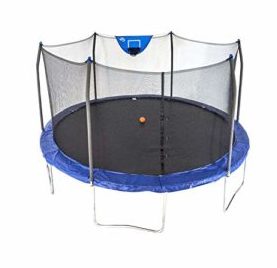
#2- Rectangular Trampolines
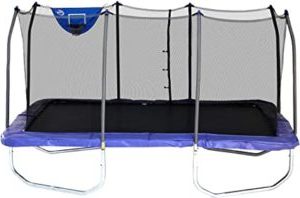
#3- Square Trampolines
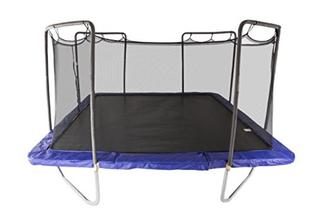
#4- Mini Trampolines
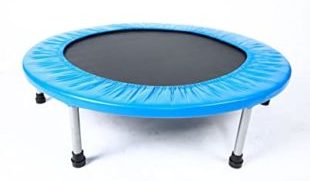
Conclusion


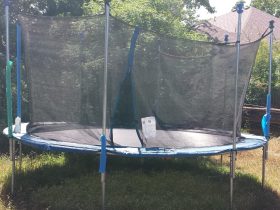


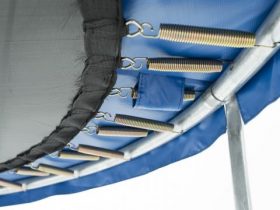



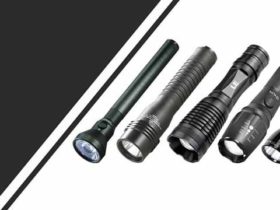
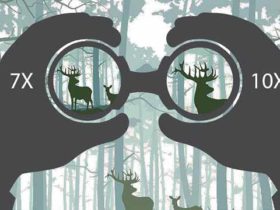
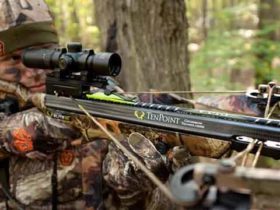



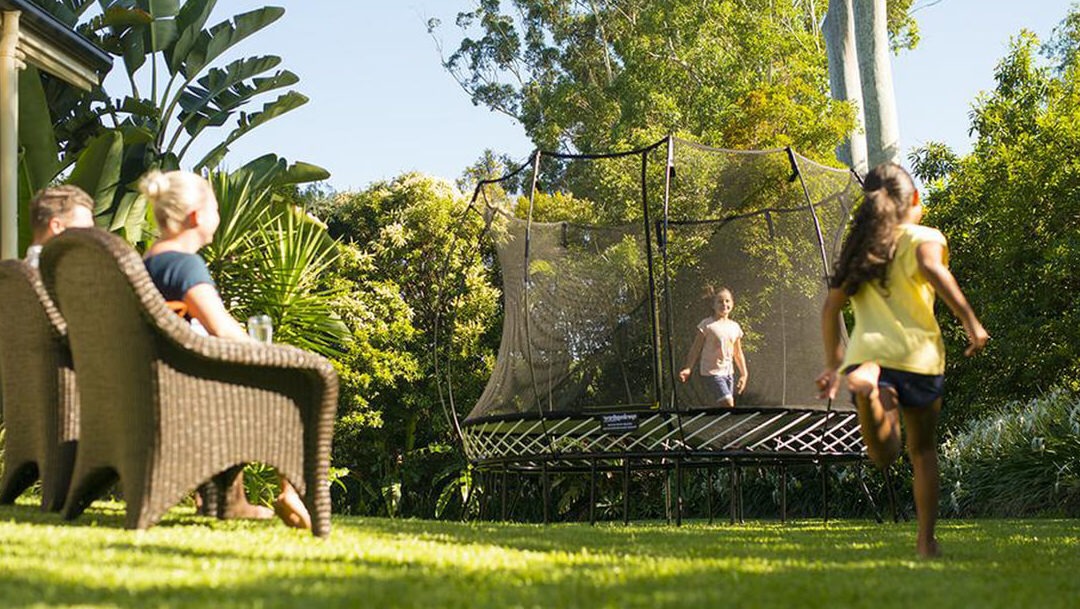
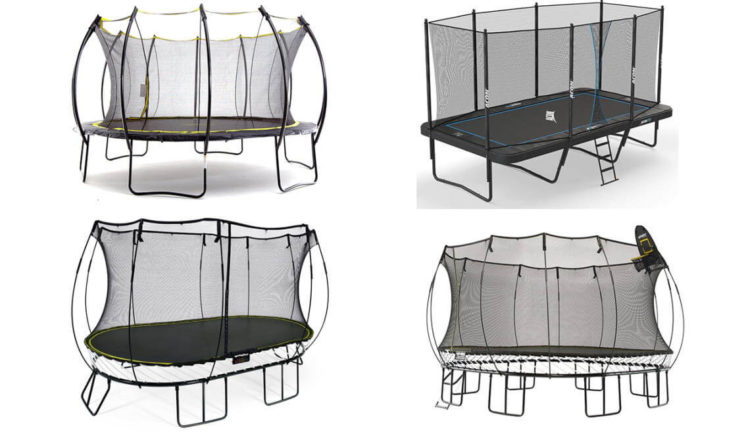




Leave a Reply
View Comments